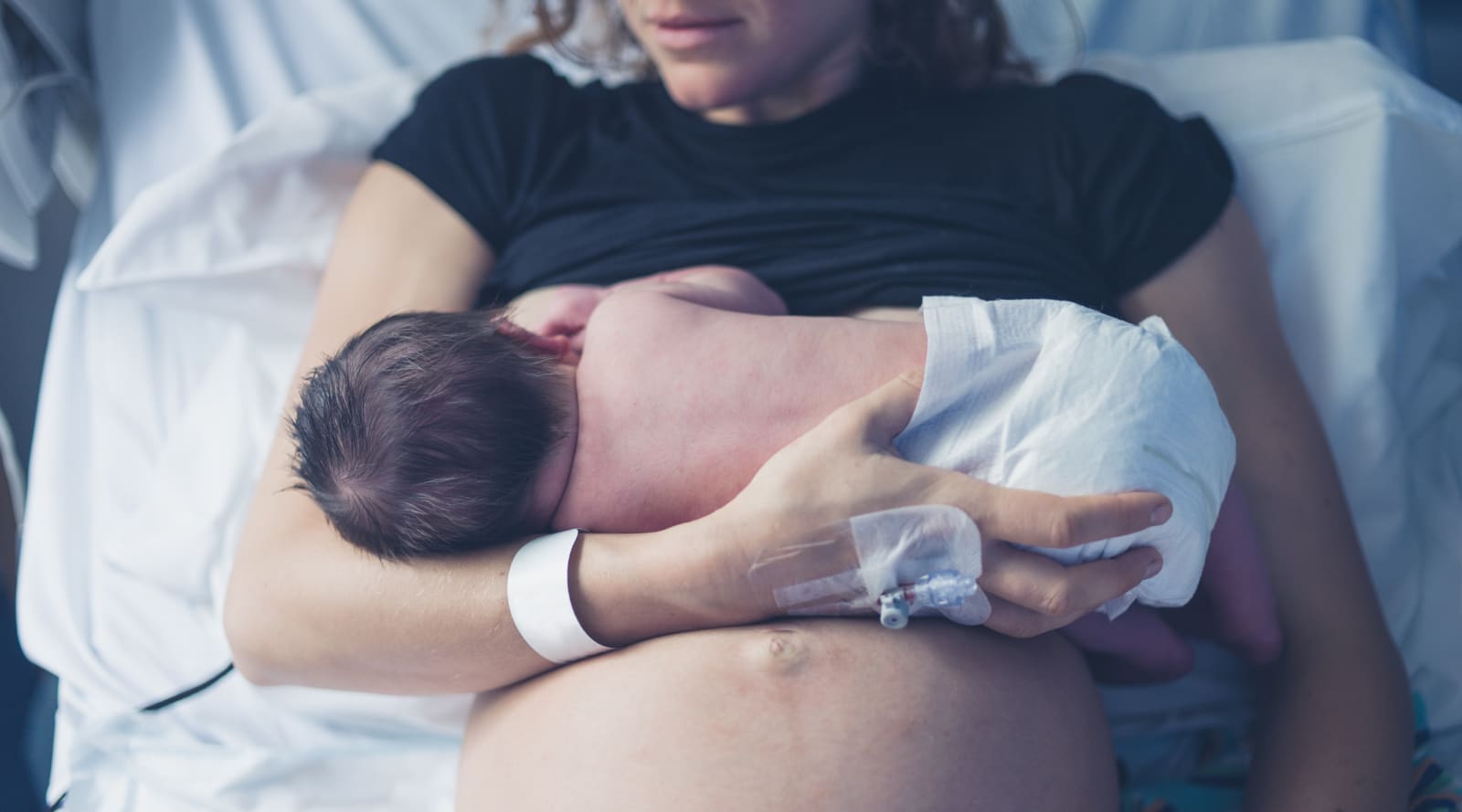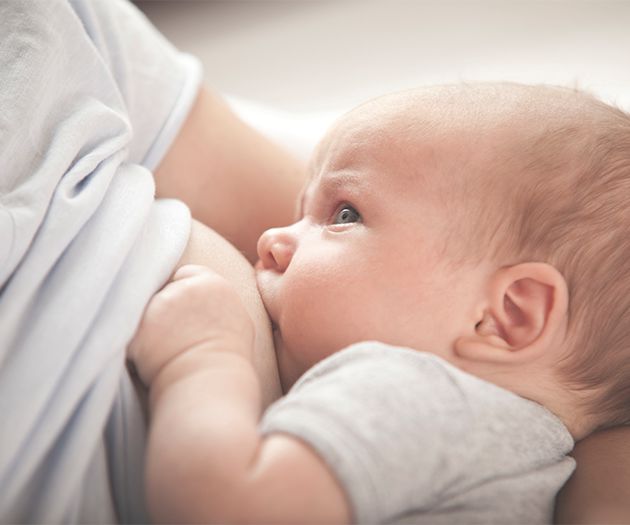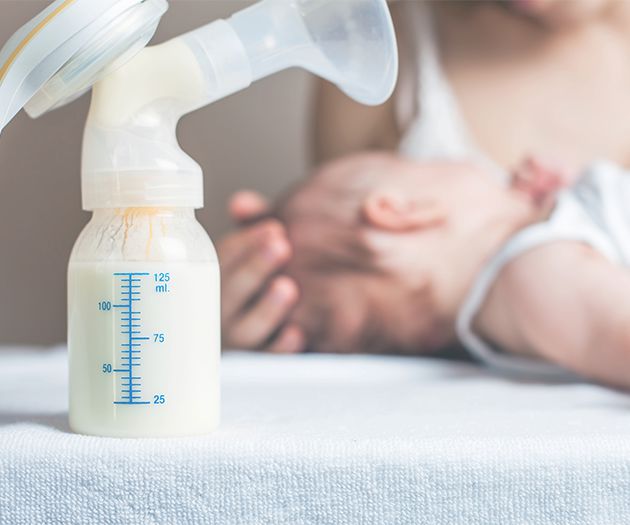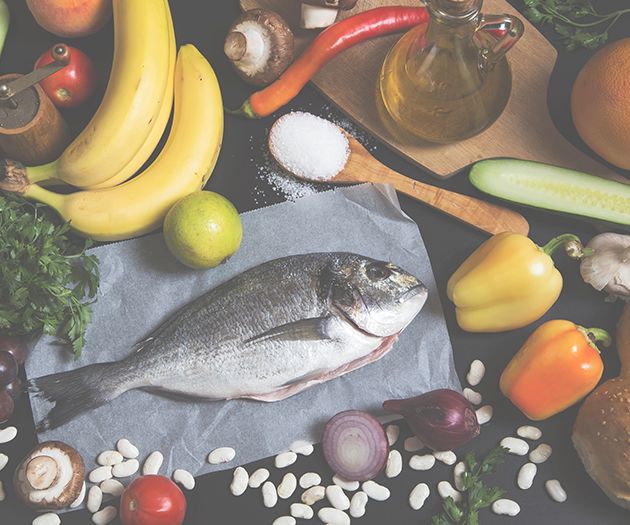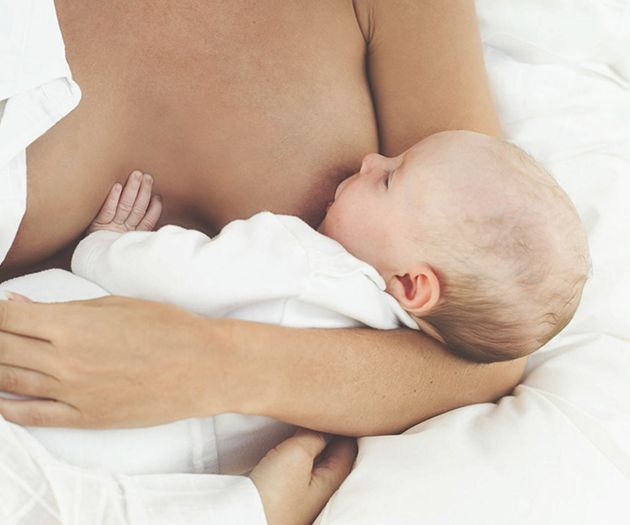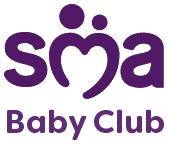Introduction
There’s no reason why you can’t breastfeed your baby after you have had a C-section. It may be slower to establish feeding at first, but there is plenty of support to help you. You may have plenty of questions like: how soon can I start breastfeeding? Can I breastfeed my baby if I’m on pain killers? Will my baby latch on ok? We will answer all these questions and more in this article.
Is it safe to breastfeed with pain relief?
Any anaesthesia or pain killers given to you during the caesarean have been carefully dosed to ensure it doesn’t harm either you or the baby. You may also be given pain killers post-surgery such as paracetamol or Ibuprofen, these are also fine to take if you’re breastfeeding. The stronger pain killer codeine which is present in co-codamol is not usually recommended if you’re breastfeeding, please discuss this with your healthcare professional.
Breastfeeding tips after C-section
When you give birth vaginally your body has a surge of hormones called prolactin and oxytocin. These hormones help start milk production. If you have an emergency C-section the levels of these hormones are lower and therefore might delay the start of lactation and make it more difficult to establish breastfeeding. Don’t worry as there will be plenty of support from your midwife and infant feeding advisors to help get breastfeeding established.
After a caesarean you may have some pain from the stitches and feel a bit uncomfortable. You may have a drip on your arm and still have a catheter inserted. You will probably feel quite tired and can’t move around quite as easily. That’s why your midwife will help you with your first feeds in hospital. Here are some tips to help get breastfeeding established:
-
Skin-to-skin contact as soon as possible after the caesarean is really important as it will increase your levels of oxytocin, which is important for breastfeeding.
-
Ask your midwife to help you find breastfeeding positions after C-section. They can also check if your baby is latching effectively
-
The more you breastfeed the more prolactin and oxytocin will be released, signalling your body to make more milk
-
If you are having problems feeding your baby, don’t be afraid to ask for advice. It may be possible to express some colostrum milk for baby, and your midwife can help you with this. Expressing colostrumcan also help stimulate your breastmilk supply
-
To make holding your baby and feeding easier ask for your drip to be inserted in your forearm rather than the back of your hand
-
Ask someone to pass your baby to you, as this will be easier than twisting in bed
-
If your wound is painful when breastfeeding try putting a pillow over the wound to help protect it.
-
Try different breastfeeding positions until you find one that works for you. Your midwife can help you with this
-
Drink plenty of fluids, it’s important to stay hydrated
You may not be able to move as quickly to see to your baby, but don’t let this worry you, learning the feeding cues early will help. See our videos on responsive feeding and baby’s feeding cues. Make sure you accept all offers for help and don’t be afraid to ask for it. Research says that mums who ‘look after themselves’ by asking for more help are likely to breastfeed for longer1.
Why is breastfeeding so important?
Breastfeeding is best for your baby, if your baby is born via C-section it has additional benefits. Babies born via C-section do not have the same gut microbiota as those born vaginally. A healthy microbiota (microflora) helps build immunity along with other benefits such as healthy bone development and cognitive development. Breastmilk contains HMOs (Human milk oligosaccharides); there are hundreds of HMOs in breastmilk and 2’FL, DFL, LNT, 3’SL and 6’SL form nearly 50% of HMOs found in breastmilk. HMOs work to rid the digestive system of ‘bad bacteria’ meaning that good bacteria can thrive and help achieve a healthy gut microbiota. Find out more about Breastmilk supporting the development of baby’s immune system. This is why breast milk is the best food for your baby and why you should continue to breastfeed your baby for as long as feels comfortable, but at least for the first 6 months of your baby’s life.
Breastfeeding positions after C-section
The best breastfeeding positions after a C-section is the underarm position (sometimes known as the rugby ball position), the lying on your side position or the laid-back position. It’s a good idea to have plenty of towels or pillows before you position your baby to feed to give more support and to protect your wound. Some maternity units may have baby cots which attach to the beds, which make it easier for you to move your baby.
The underarm position
This position is great for keeping your baby away from your wound. It is also a great position if you have had twins as you can feed both babies at the same time.
-
If lying in bed bring your legs up and put a pillow under your knees, if sitting put your feet on a stool and bring your legs up.
-
Put a pillow behind your back to make you more comfortable and a pillow under your arm to help support your baby
-
With their head to your breast, tuck baby’s body and legs behind you through the crook of your arm.
-
Make sure they are lying on their back, with their nose to your nipple. Support your baby’s head, neck and shoulders with your hand and wrist
-
Try bringing your baby to your breast rather than leaning forward as this will get a deeper latch, it will also stop you getting a sore back.
The side-lying position
This position is quite restful and is good for keeping baby away from your scar, if you are using a pillow for your head make sure you keep it away from your baby.
-
Lie on your side in the centre of your bed and lay your baby on their side facing you so you are tummy to tummy. You may want a pillow behind your back or between your knees for extra support
-
Use your hand on your baby’s back to gently support them, keeping them close
-
Make sure you bring your baby to your breast rather than leaning over to put your breast in baby’s mouth
-
Be careful not to fall asleep whilst using this position
The laid-back position
This semi-reclined position is a nice comfortable position for both of you and encourages your baby to position themselves to latch on. You can also lie your baby across you and therefore avoid your wound.
-
Lean back on a sofa or bed so you are roughly at a 45-degree angle. Prop yourself with pillows or cushions so your back and neck feel supported
-
Place your baby on top of you but away from your scar, either tummy to tummy or lie them diagonally across your body to one side
-
While supporting your baby gently guide them to your nipple
-
Enjoy the cuddle whilst feeding
Is it possible to feed twins after a caesarean?
The birth of twins or multiples is a great joy but can also be a challenge – especially when it comes to breastfeeding. Of course, it is possible, but it takes time and preparation.
Some important points to consider for breastfeeding twins:
-
Ensure you get plenty of help from your partner, family and friends so you can focus on the breastfeeding
-
Allow plenty of time for breastfeeding
-
Manage your own expectations. You may not master it immediately as it’s a new skill for you all to learn, but over time feeding should go more smoothly
-
The underarm breastfeeding position is good for feeding both babies simultaneously
-
For breastfeeding support, ask your midwife or infant feeding advisor for help, or visit twins trust website
A breast pump will be especially useful to not only help stimulate milk production but also for you to store expressed milk so your partner can help with some of the feeds. Read our article on expressing milk for more information.
Next Steps
If you are struggling to breastfeed in the hospital or when you get back home, it’s important to speak to a healthcare professional such as your midwife, health visitor or public health nurse. In the meantime, it’s important to look after yourself. If you or your partner feel out of control, anxious, depressed or unable to cope, it’s important to speak to a healthcare professional. Feeling this way isn’t unusual and it’s not something to be afraid to talk about.



